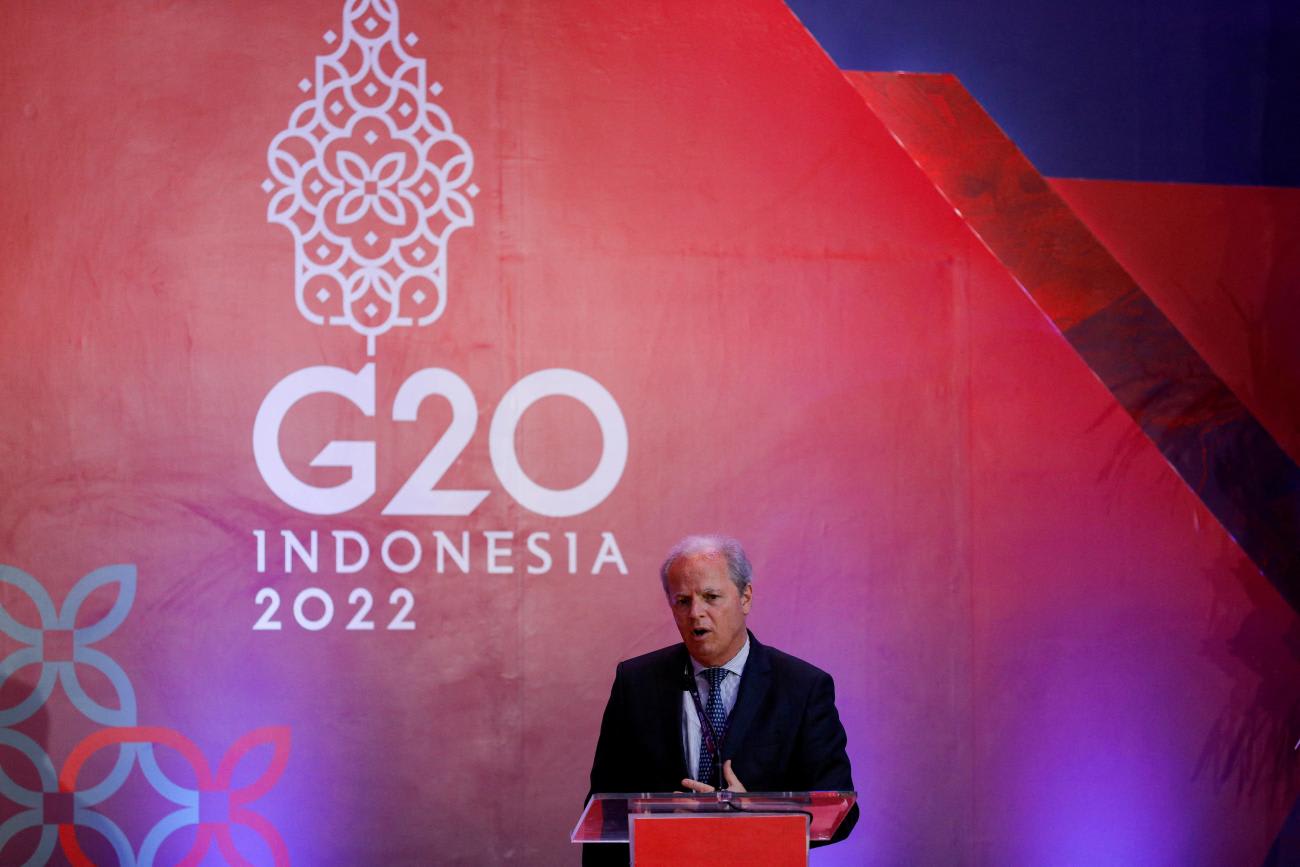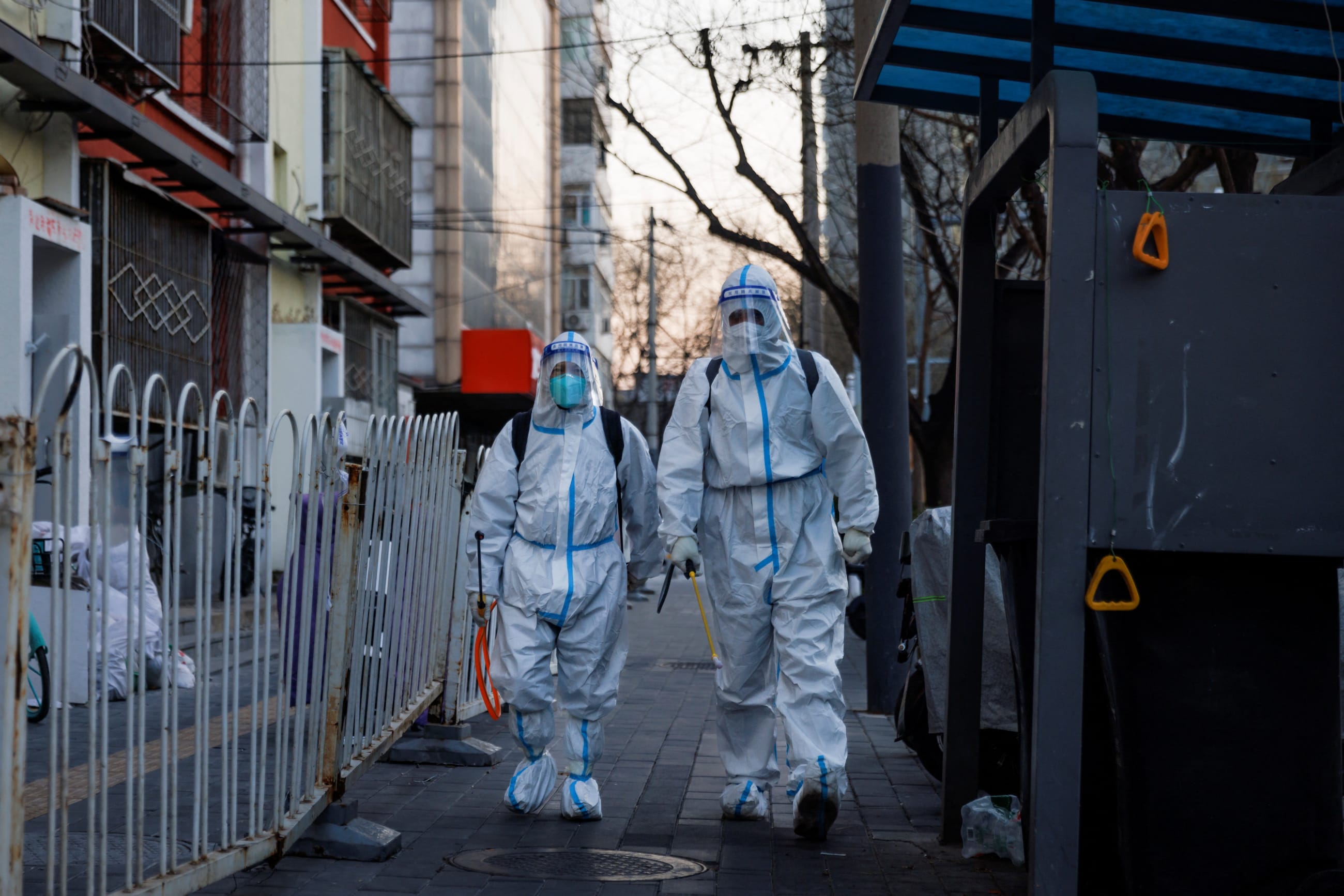Disagreement is minimal about the scale of harm caused by the COVID-19 pandemic, which killed an estimated 14.83 million people between 2020 and 2021 and is on course to cause $13.8 trillion in economic losses by next year, according to the International Monetary Fund. The world clearly needs to mobilize significant new funding to close major gaps in its capacity to prevent, detect, and respond to pandemics—but the international community cannot seem to agree on how much is needed. This lack of agreement is stalling progress toward a pandemic preparedness and response (PPR) system.
Global leaders and technical experts have offered varying estimates of necessary total and new additional funding that range in size by an order of magnitude. The Group of Twenty (G20) High Level Independent Panel estimated the minimum annual additional investment required for a Global Health Threats Fund was $10 billion with an additional $5 billion to strengthen the World Health Organization (WHO) and other existing institutions. The World Bank and WHO recently estimated the needs at $31.1 billion annually, including $10.5 billion of new funding from donors. In 2021, McKinsey recommended spending $85 to $130 billion for two years, followed by $20 to $50 billion annually for the rest of the decade. A 2022 study by Stephanie Eaneff and her colleagues at Georgetown University pegged the total at $124 billion over five years.
Why such a wide spread? In part, it's because these estimates do not share a standardized methodology for how they predict costs, project the scope of PPR activities, or even which countries they include.
Estimates do not share a standardized methodology for how they predict costs.
For example, the estimates by McKinsey and jointly by the WHO and World Bank include the cost of limiting antimicrobial resistance (AMR), estimated by the World Bank at $9 billion a year, on the logic that such resistance risks future bacterial outbreaks. On the other hand, the G20 High Level Independent Panel excludes AMR costs, noting that the benefits of AMR transcend PPR.
The estimates take different approaches to incorporating funding for strengthening health systems: the G20 High Level Independent Panel did not include such funding, whereas the McKinsey and the joint WHO–World Bank estimates included $5.4 billion in annual pandemic-specific health systems strengthening. Although the study by Eaneff and her colleagues does not categorize needs for health systems, it does provide for major components of them, including investments in laboratory capacity and workforce development.
The estimates also vary in how they account for current levels of investment. McKinsey estimates only the total financing required, whereas the G20 High Level Independent Panel and the joint WHO–World Bank study separate the additional funding needed beyond existing expenditure. The Eaneff study also estimates the additional financing individual countries need to reach satisfactory levels of pandemic preparedness, but does not specify current financing levels or the total needed globally.
The differences do not stop there. McKinsey does not break down the costs of investments by the income-level of the receiving countries, and the other studies make different assumptions about how costs should be shared between high-income, middle-income, and low-income countries and by global financial institutions. Some of the studies include private-sector contributions whereas others exclude them. They also vary in their judgment about the amount of funding that needs to be front-loaded; some presume large investments up front are needed to quickly amplify global capacity whereas others show less urgency.

In combination, all of this makes it impossible to draw comparisons across these studies and makes it difficult to advocate for what is needed to adequately prepare for the next pandemic.
Despite the differences, some areas of consensus emerge. As Lorcan Clarke and colleagues at the WHO note, the studies project needs of $1 per capita per year to fulfill a narrow set of PPR capacities and between $3 and $5 per capita per year when considering the full spectrum of prevention, detection, and response. Clearly, low-income and lower middle-income countries have greater needs for financing than high-income countries. And at least some need to front-load investments to gain the footing the world lacked at the emergence of COVID-19.
If the global community is to reach a consensus on the total and additional funding requirements for PPR, international organizations, countries, and donors will need to coalesce around a single robust estimate derived using a standardized methodology. This approach should delineate total needs, currently available funding, and specific activities requiring support.
What might a consensus approach look like? One possibility is to combine bottom-up estimates of the PPR financing needs of individual countries with top-down estimates of what donors should be spending for transnational activities that benefit all nations, for example financing the costs of pandemic vaccine development. The bottom-up estimates could potentially come from the widely accepted costing tool developed by Georgetown University that Eaneff and colleagues used to assess how much funding will be needed for national PPR.
To know how much financing is needed, we also need a better way to track data on how much international financing is currently being allocated to PPR, which is coded inconsistently or gathered with great delay. Fortunately, international databases that track financing, such as the Creditor Reporting System and Total Official Support for Sustainable Development, are looking at ways to track PPR flows more accurately and in a timelier manner.
We need to urgently mobilize more financing for PPR. Knowing how much we need to mobilize is a critical step in closing the financing gap.













